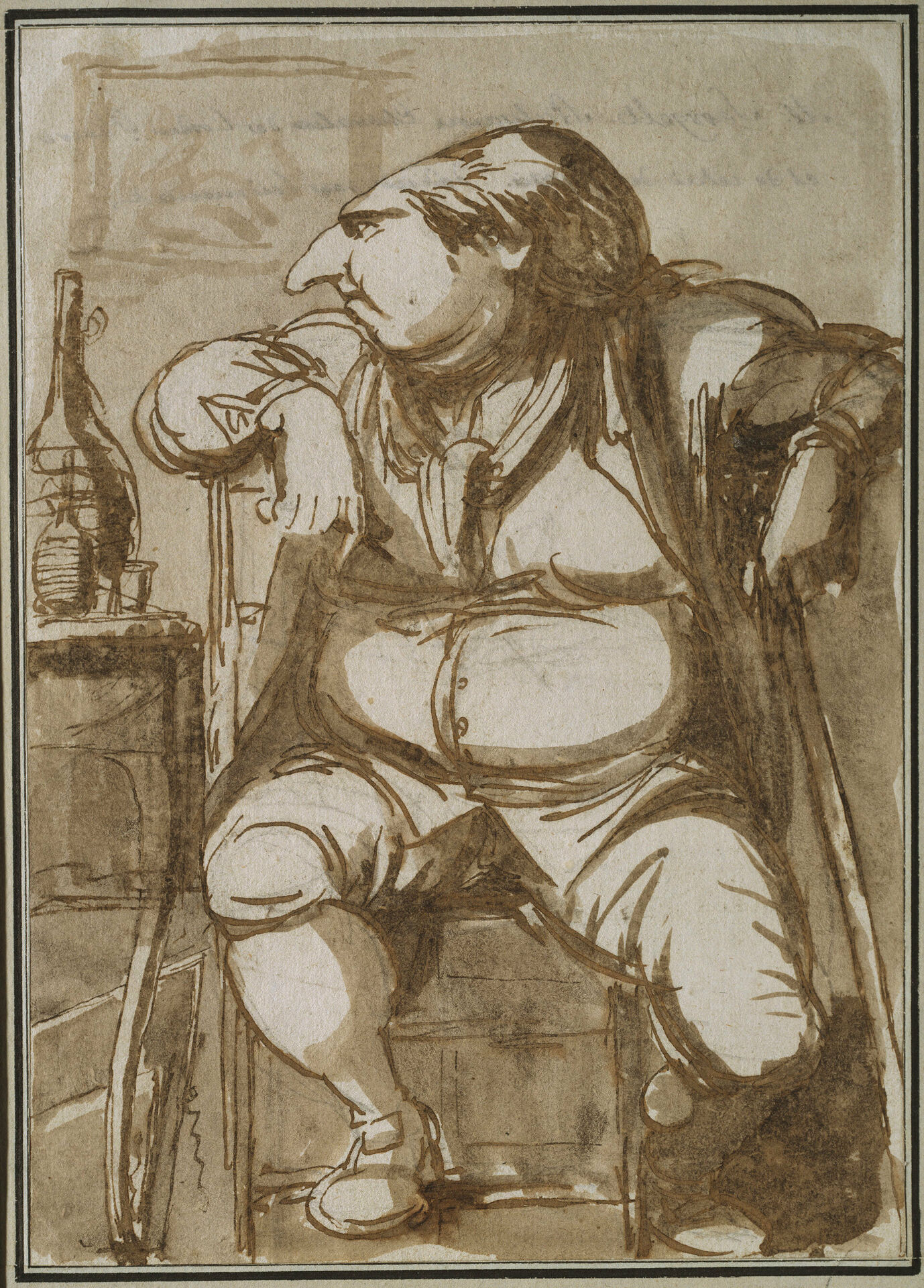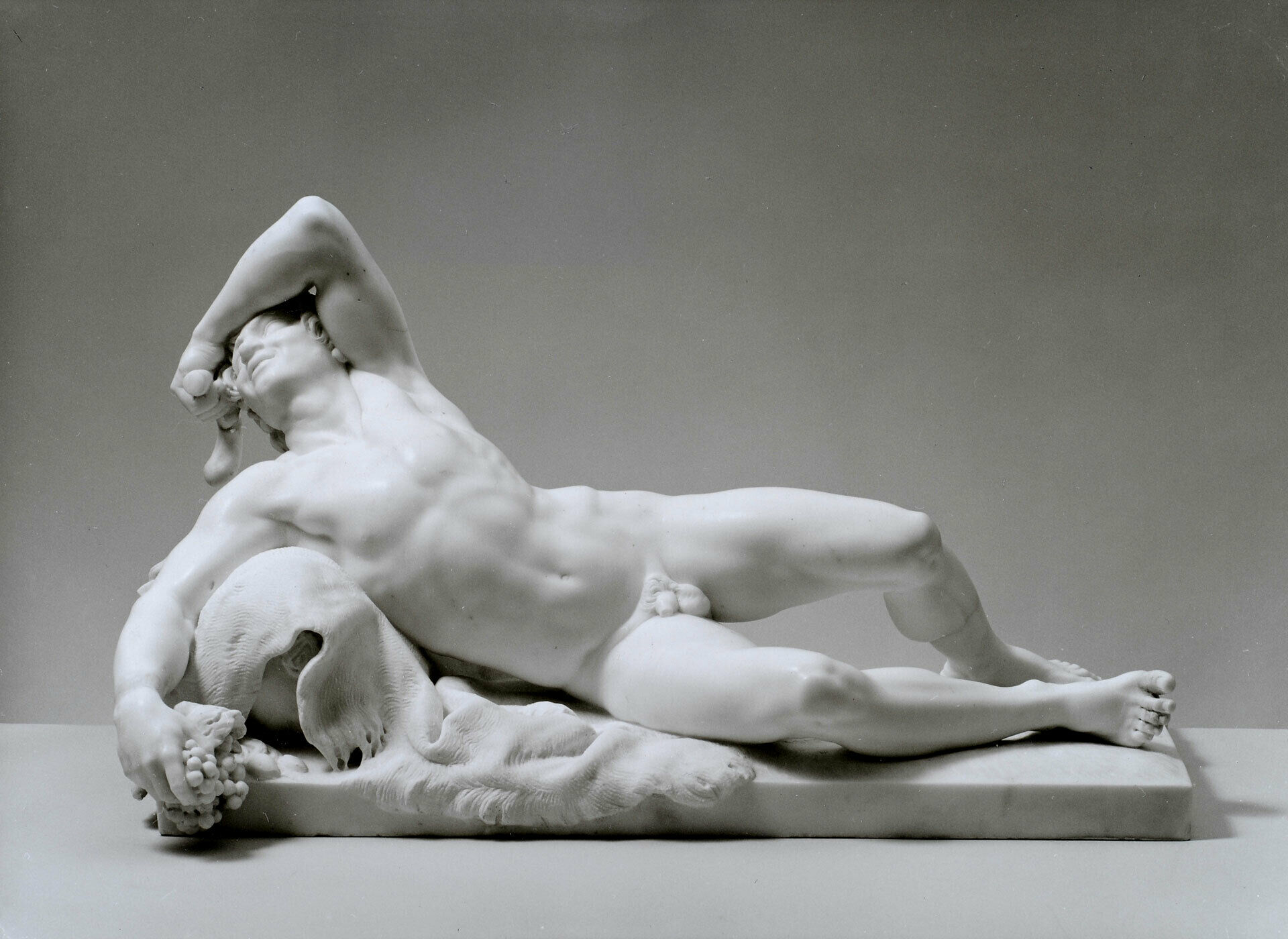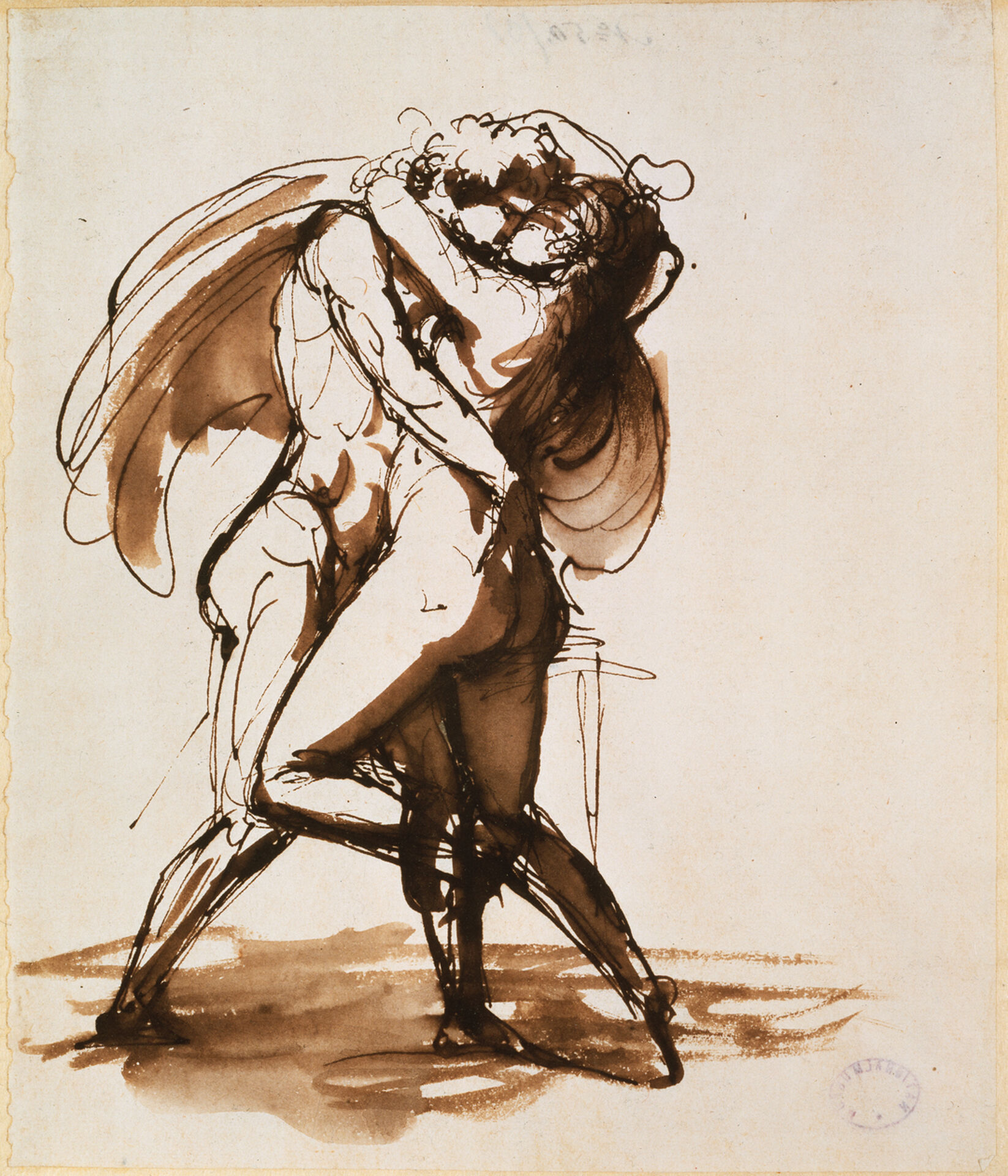In Spring and Summer 2026, Nationalmuseum will present a major exhibition on sculptor and draughtsman Johan Tobias Sergel (1740–1814) Sergel was a central figure in Swedish art during the late 18th century and is also considered one of the most important sculptors of his time on an international scale.
The exhibition offers a comprehensive view of Sergel’s life and art—from his early years in Stockholm in the 1760s, through his extended study trips to France and Italy, to his commissions for King Gustav III upon his return to Stockholm. One of the goals of the exhibition is to place Sergel’s life and work in a broader cultural and historical context. His relationships with leading Swedish cultural personalities and political authorities of the time are given significant attention, and his career is portrayed against the backdrop of life in 18th-century Stockholm, Paris, and Rome. Sergel maintained an extensive international network, and the exhibition highlights how important these connections were to his artistic development.
A major focus is placed on Sergel’s more personal and private drawings. He left behind a large number of works depicting everyday life, family, friends, and erotic scenes—images that reveal the man behind the monumental sculptures: an artist who viewed his contemporaries with both sharp insight and warmth. Nationalmuseum holds an extensive collection of works by Sergel, which forms the foundation of the exhibition.
A smaller version of the exhibition will be shown in autumn 2026 at The Morgan Library & Museum in New York. It will mark the first time Sergel has been the subject of a monographic exhibition in the United States.





